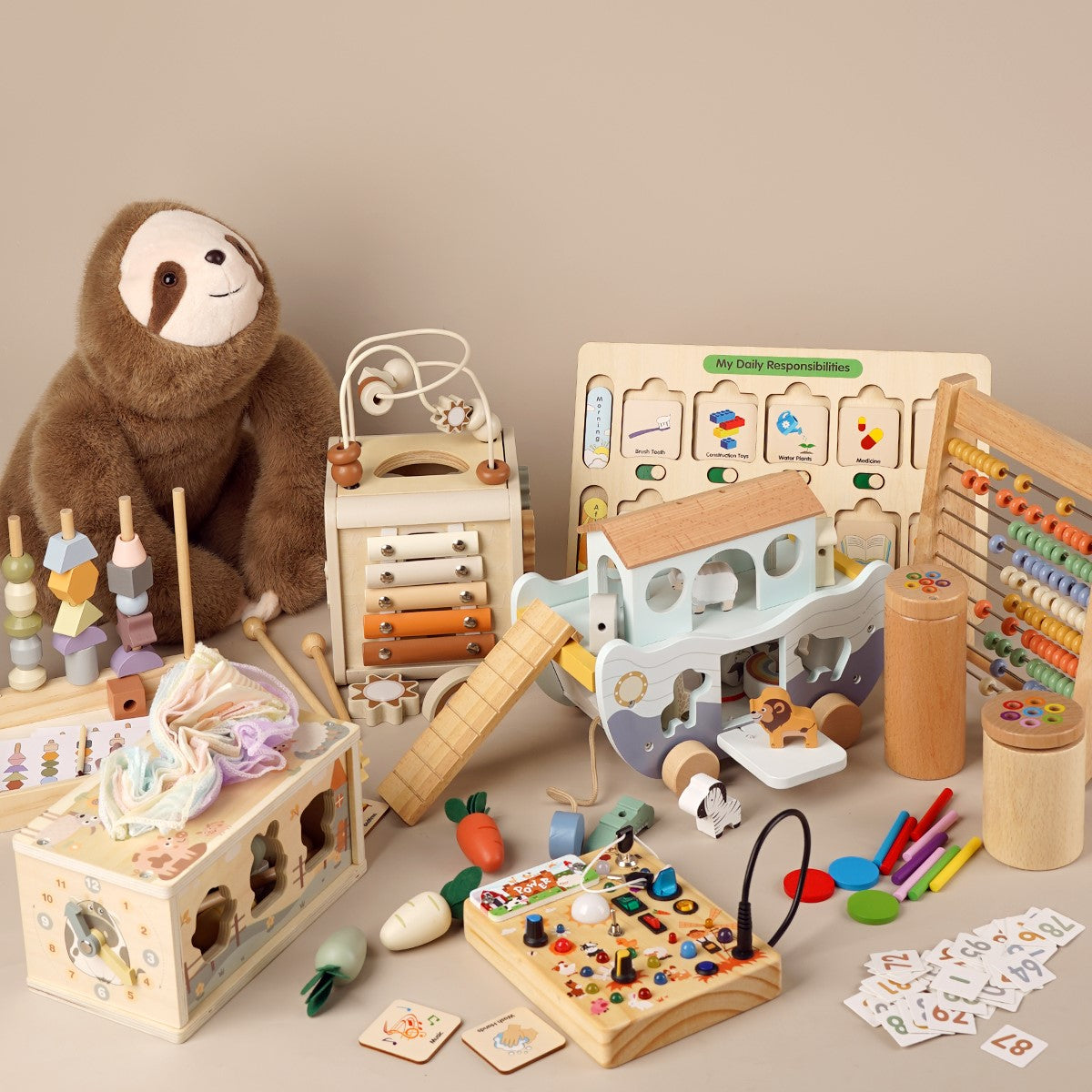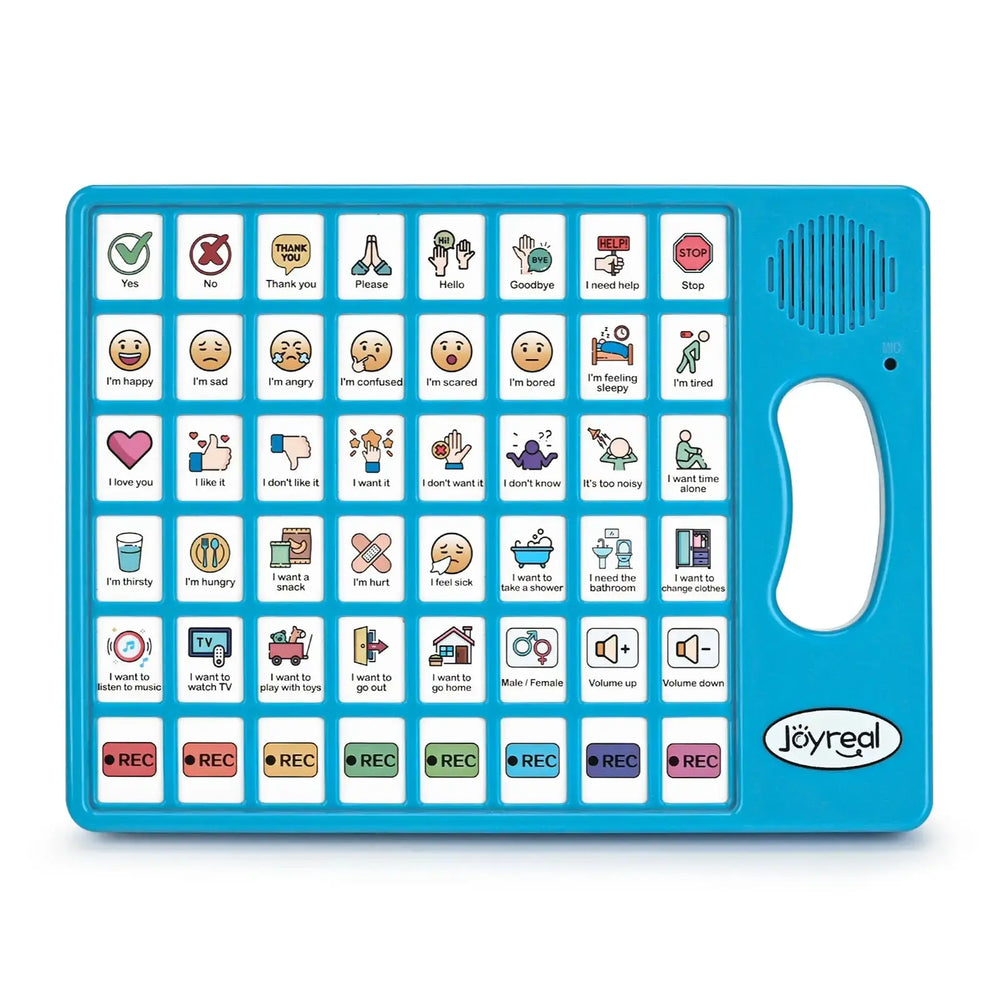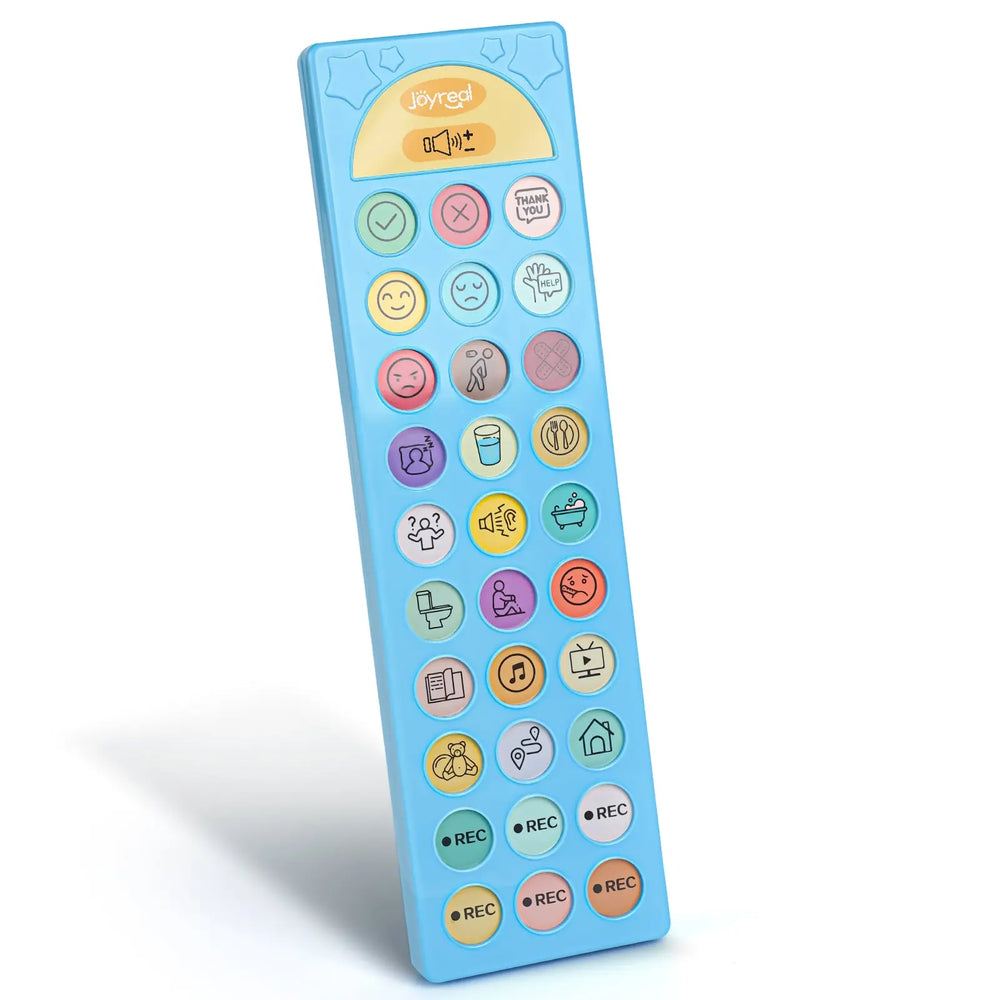Non-Speaking Child with Autism? Level 2 or 3 AAC Device Help

When it comes to autism, every individual’s journey is unique. For families navigating Level 2 and Level 3 autism, communication often feels like the biggest challenge. Yet, real-life success stories prove that progress is possible—especially with the help of aac devices for autism , therapy, and supportive environments.
Today, we’ll share inspiring stories and practical insights that remind us: autism is not a limitation—it’s a different way of experiencing the world.
Understanding Autism Levels
Autism Spectrum Disorder (ASD) is often categorized into three levels:
- Level 1: Requiring support (mild challenges in social interaction, communication, or behavior).
- Level 2: Requiring substantial support (more noticeable communication and behavioral differences).
- Level 3: Requiring very substantial support (often nonverbal, with significant support needs).
It’s important to remember that these levels don’t define a person’s potential—they simply guide the type of support needed.
Why Do AAC Devices Make Such a Difference?
AAC (Augmentative and Alternative Communication) devices are more than just tools—they are bridges to connection. Here’s why they’re powerful:
- Give a voice without speech – Nonverbal kids can “talk” through pictures, symbols, or buttons.
- Reduce frustration – Children can communicate needs like “I’m thirsty,” “I’m tired,” or “It’s too loud” instead of melting down.
- Encourage independence – Kids don’t need to rely solely on parents; they can make choices on their own.
- Support long-term growth – Even if spoken words don’t come, communication skills improve steadily.
Can AAC Devices Really Help Nonverbal Autistic Children?
Yes—AAC devices truly make a difference. Parents around the world share autism AAC success stories, showing that even children with Level 2 or Level 3 autism can gain independence, communicate daily needs, and connect with others through speech devices.
- Success Story #1 – A Teen with Level 3 Autism
“My soon-to-be 16-year-old son has Level 3 autism. Although he is still nonverbal … he can communicate so well with an AAC device.”
This parent’s story highlights a crucial point: speech isn’t the only way to communicate. With an AAC device, their teen found a reliable voice—making everyday interactions smoother and less stressful.
The result? Improved independence, reduced frustration, and a stronger parent-child connection.
- Success Story #2 – Parent’s Experience
Another parent shared how their child, once unable to express even basic needs, now uses a tablet-based AAC app to ask for food, express preferences, and even joke.
The joy in seeing their child’s personality shine through words on a screen is priceless. AAC doesn’t just “help”—it transforms lives.
- Success Story #3 – From Nonverbal to Expressive
Small wins add up. For one young adult, progress looked like moving from PECS cards to typing full sentences on an AAC device. These breakthroughs built confidence and encouraged social interactions in school and community programs.
Joyreal AAC Devices: A Simple Solution for Families
When it comes to choosing an autism communicator device, simplicity matters. Complex tablets and apps can overwhelm beginners. That’s why the Joyreal AAC Device
is designed to be child-friendly, portable, and practical for daily life.
Key Features Parents Love
- 23 pre-installed buttons with common needs: yes, no, I’m thirsty, I’m sleepy, etc.
- 6 customizable recordable buttons – Perfect for adding names, favorite foods, or daily routines.
- Male/Female voice switch – Helps children find a voice they feel comfortable with.
- Durable & portable design – Easy to carry at home, school, or outings.
Parents say this type of Joyreal AAC device makes it easier for children to:
- Join conversations
- Make independent choices
- Reduce anxiety and meltdowns
- Build confidence in communication
For many families, it’s the best speech device for nonverbal kids starting their AAC journey.
Autism AAC Success Stories with Joyreal Devices
- A 7-year-old boy with Level 2 autism used Joyreal’s communicator to request snacks, say “no” to unwanted foods, and ask for playtime. His parents noticed fewer tantrums within weeks.
- A 10-year-old girl with sensory sensitivities used the customizable buttons to record her favorite songs and comfort routines, making transitions easier at school.
- Families of teens with Level 3 autism report that Joyreal AAC devices gave their children a reliable “voice,” making them more independent in daily tasks.
These stories prove that communication breakthroughs happen at all ages.
Using Joyreal AAC Devices in Different Environments
1. At Home
Home is where most communication begins. Joyreal AAC devices help children:
- Ask for meals, snacks, or drinks
- Express basic needs like “I’m sleepy” or “I need the bathroom”
- Participate in family conversations
Parents often notice that meltdowns decrease significantly when children can express needs independently at home.
2. In School
Teachers find AAC devices invaluable for:
- Helping students ask questions in class
- Supporting group participation in activities
- Allowing nonverbal students to follow routines independently
The Joyreal AAC device is especially effective in school settings because it’s lightweight, simple, and doesn’t require Wi-Fi or complex setup. Teachers can integrate it quickly into daily classroom activities.
3. In the Community
Whether shopping, dining out, or attending events, nonverbal children often face challenges. Joyreal AAC devices give them a portable way to:
- Order food at a restaurant
- Say “thank you” to a cashier
- Ask for help if they feel uncomfortable
This level of independence not only boosts confidence in the child but also reduces anxiety for parents who want their kids to engage with the world.
Final Thoughts: Giving Every Child a Voice
Autism is not a limitation—it’s a different way of experiencing the world. With the right tools, children can thrive.
The Joyreal AAC Device is more than just technology; it’s a bridge to independence, emotional expression, and family connection. For many, it’s the best speech device for nonverbal kids starting their communication journey.
💡 Takeaway: Every child deserves a voice. With Joyreal AAC devices, that voice becomes clear.
👉 Learn more or get one today: Joyreal AAC Communication Device
FAQs
Q1: Can AAC devices really help nonverbal autistic children?
- Yes. Many parents have shared success stories where even Level 2 or Level 3 autistic children became more independent with an AAC device. One parent said: “My soon to be 16 yr old son has level 3 autism. Although he is still nonverbal … he can communicate so well with an AAC device.”
Q2: What makes the Joyreal Autism Communicator different?
The Joyreal device includes:
- 23 pre-installed buttons for daily needs (yes, no, I’m thirsty, I’m sleepy, etc.)
- 6 customizable buttons for family-specific routines
- Male/female voice options for comfort and identity
- A portable, child-friendly design that’s easy to use at home or school
Q3: Is AAC only for children who will never speak?
- No. AAC is not a “last resort.” It helps children communicate immediately, while also encouraging speech development for some.
Q4: Can older children or teens benefit from AAC?
- Yes. As seen in the Reddit story, even a 16-year-old nonverbal teen with Level 3 autism found independence using AAC.
Q5: How should families start with AAC?
- Experts suggest beginning with simple devices like the Joyreal Autism Communicator. It avoids overwhelming children with too much complexity, while building daily communication habits step by step.
Maybe it will be helpful for you:
Recent Post

From Noise to Growth: Why Every Toddler Needs a Joyreal Wooden Drum Set?
For many parents, a toddler banging on a drum might seem like pure ...

Growing Independence Through Daily Play
How Simple Daily Tasks Build Life Skills Through Pretend Play &...

How Joyreal AAC Helped Us Communicate Beyond Words
🌼 Finding My Child’s Voice: A Parent’s Journey and How Joyreal AAC ...

Top Joyreal AAC Devices 2025: Costs, Autism Communication Tips & Smart Buying Guide
Modern AAC Devices for Autism Choosing the right autism communicati...

Why the Joyreal Drum Set Is the Best First Music Toy
Choosing a toddler’s first music toy is a surprisingly big decision...

Top Sensory and AAC Communication Board Gifts for Little Communicators
Why AAC Communication Solutions Matter AAC (Augmentative and Alter...

Why Wooden Toys Make Better Christmas Gifts?
Every year, parents face the same holiday dilemma: Should we buy th...

What Finally Helped My Toddler Speak Up?
If you’re a toddler mom, you already know how much emotional weight...

Joyreal Christmas Toys Deals 2025
Enjoy instant savings across nearly every category, from early lear...

How Wooden Montessori Toys Support a Sustainable Childhood
Most parents don’t say it out loud, but many feel the same quiet fr...











